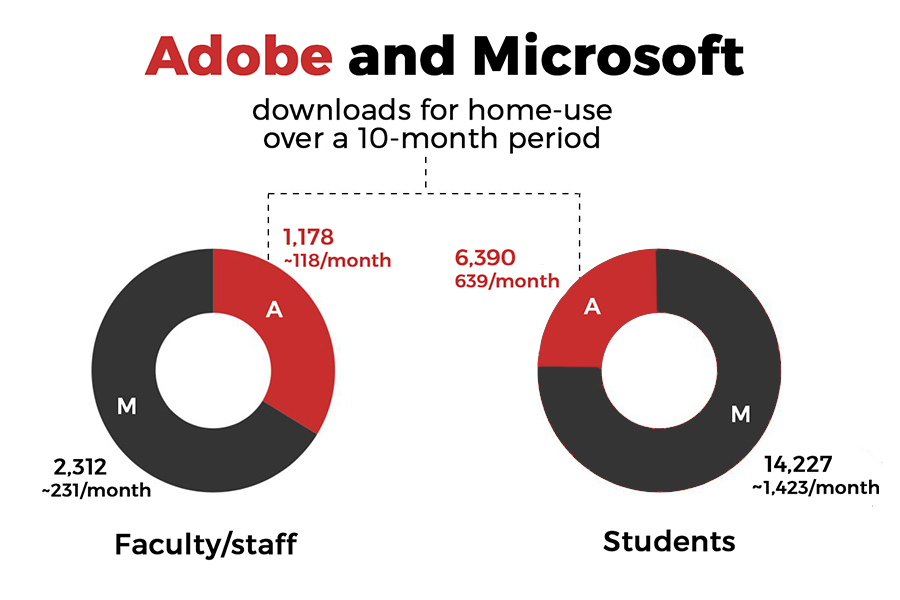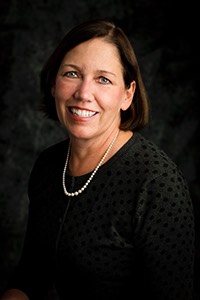You’re accessing archived content
This is archived content from the UIT website. Information may be outdated, and links may no longer function. Please contact stratcomm@it.utah.edu if you have any questions about archived content.
OSL: Getting U the best software deals

UIT’s Office of Software Licensing (OSL) negotiates with vendors to make software available to the U community for discounted rates or, in many cases, free-of-charge to end-users. Many software products are licensed and distributed through OSL’s software web store.
OSL pursues volume discounts and site licenses for some of the more widely-used commercial software packages like Adobe and Microsoft. These site licenses are categorized as campus agreements, which allow departments, faculty, students, and staff to download software on University-owned desktops, laptops and mobile devices. By entering into consortium agreements, OSL can leverage the University’s scale to obtain larger discounts on software contracts than individual colleges or departments could individually.
In addition to the University licenses, OSL negotiates price-reduced, at-home licenses for faculty and staff.
If a desired software isn’t offered, OSL works to find the best alternative source. If there is general and continuing interest in a software product that’s not currently offered, OSL Vendor Manager Bill Lutz said the office will research the request to determine if they can negotiate an agreement to benefit the University.
Generally, software is purchased using departmental, grant, or academic unit funds. Prices are set based on the number of campus users for any given software. OSL will front the cost, then work on recouping it throughout the year. A modest markup is added to cover OSL’s overhead.
“Our goal is not to make a profit. Our goal is to break even,” said Lisa Kuhn, Chief Financial Officer for UIT, Utah Education Network (UEN), and Utah Telehealth Network (UTN).
Because so many variables play into negotiating a fair price, it’s unrealistic to rely on a single funding model.
 |
|
Lisa Kuhn, Chief Financial Officer |
“We want to identify the funding model that works. There are many considerations, such as demand, cost, and the time it takes to pull a contract together,” Kuhn said, adding that OSL strives for financial transparency.
One funding model is full-time-equivalent (FTE) licensing, which shifts the licensing of applications from a device- or user-based model to a headcount-based subscription one.
Should a manufacturer increase the price, Lutz and his team make every effort to leverage the extra cost by soliciting additional campus users. Having a software product distributed to the student population is another way OSL lowers the overall price.
“The more people we can commit to buy, the lower the price is for everyone,” Lutz said.
Lutz reviews the contracts on a software-by-software basis. Because OSL can track when a University affiliate purchases through its web store, it develops points of contact when a license comes up for renewal.
If an overage exists at the end of the year, that reduces the cost to users the subsequent year. This is what happened recently with Origin Lab’s product Origin Pro and Thomas Reuter’s products Endnote and Reference Manager – both available for student use.
In addition, OSL has been busy improving its website user experience (UX). New features include an accordion-style glossary of common terms, general- and license-specific FAQs, and an eligibility matrix to eliminate any confusion over whether or not a user is authorized to purchase a given software.
OSL is also considering setting up a focus group to gather feedback on their software offerings and to make the website even more user-friendly.
Node 4
Our monthly newsletter includes news from UIT and other campus/ University of Utah Health IT organizations, features about UIT employees, IT governance news, and various announcements and updates.
